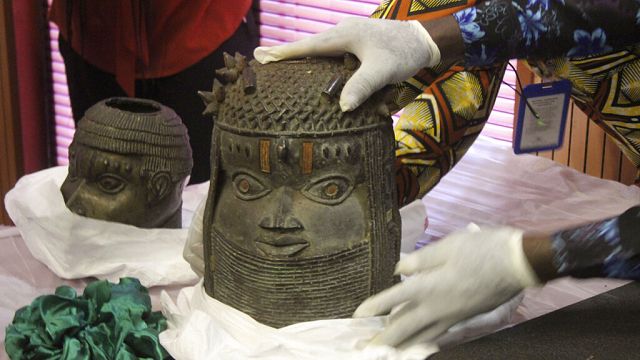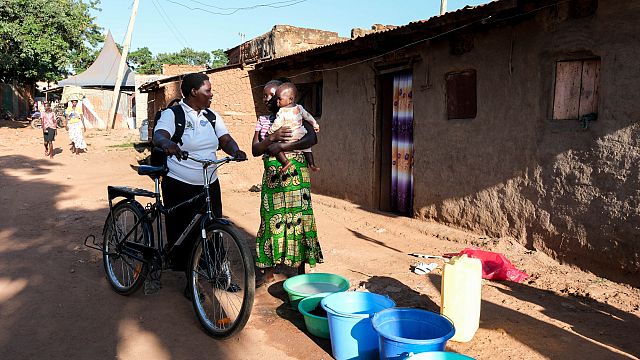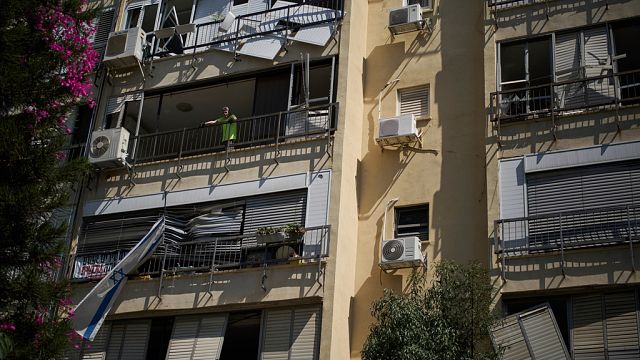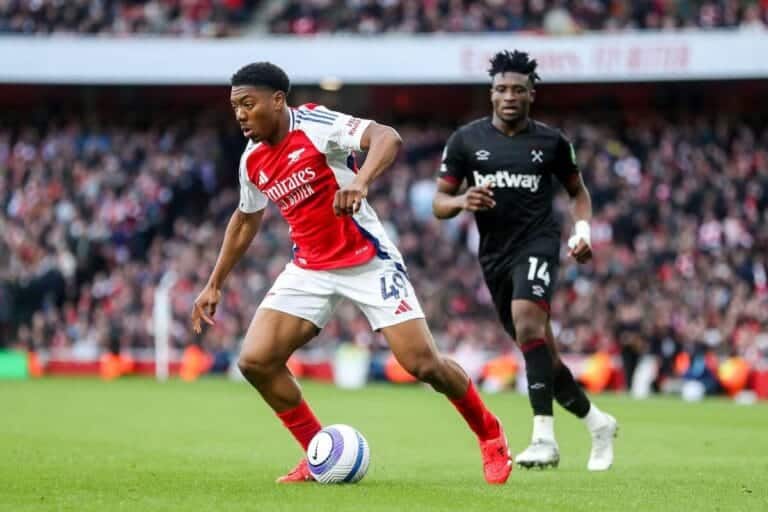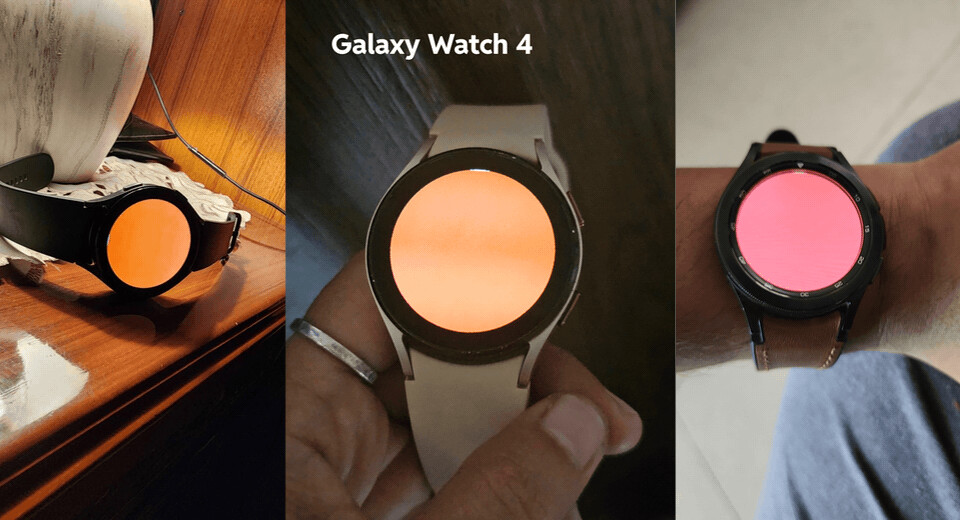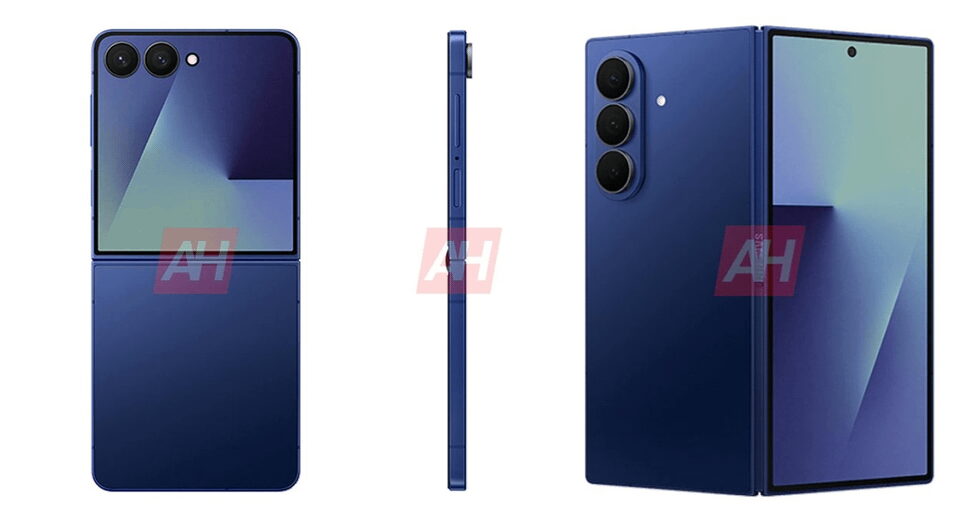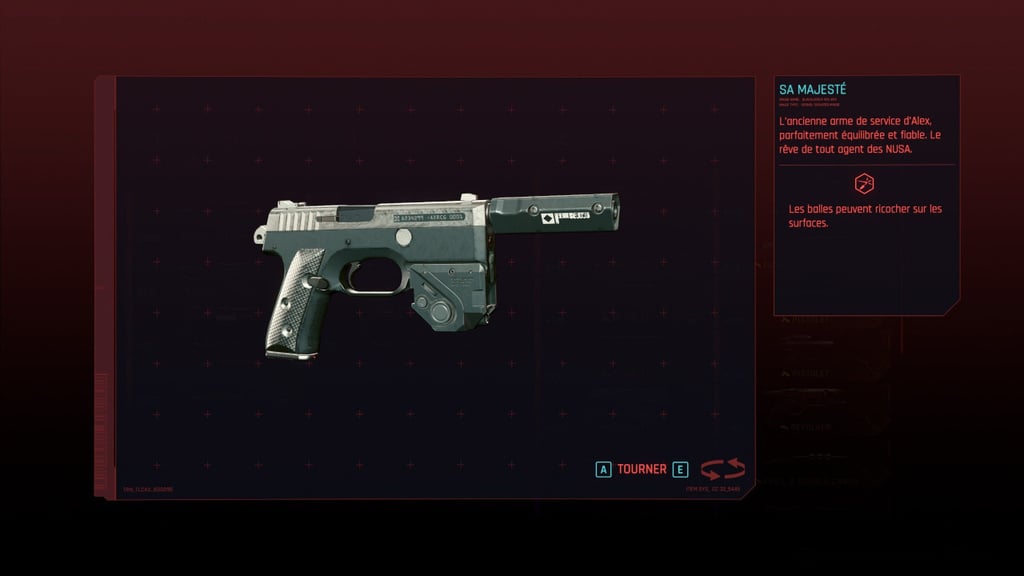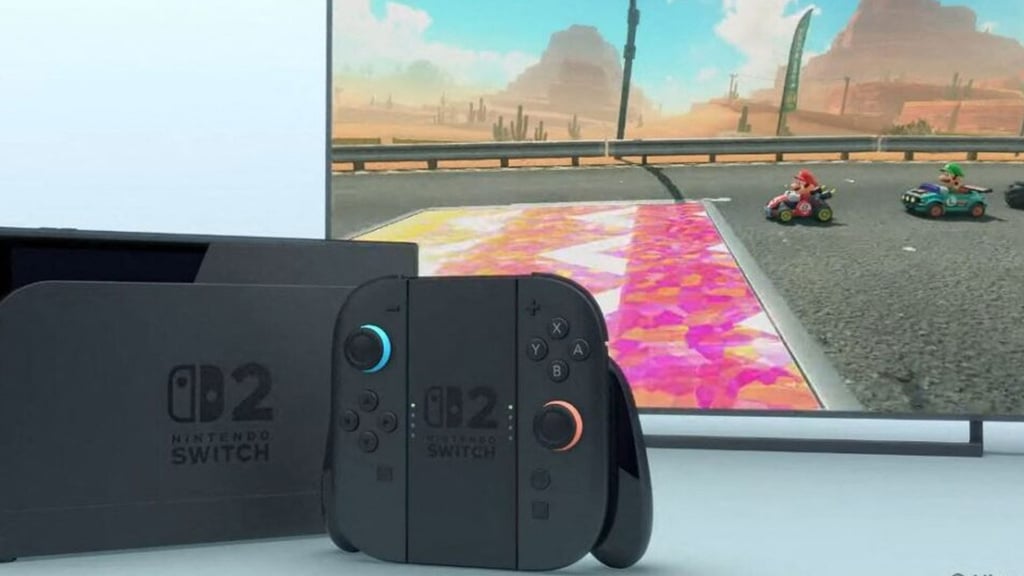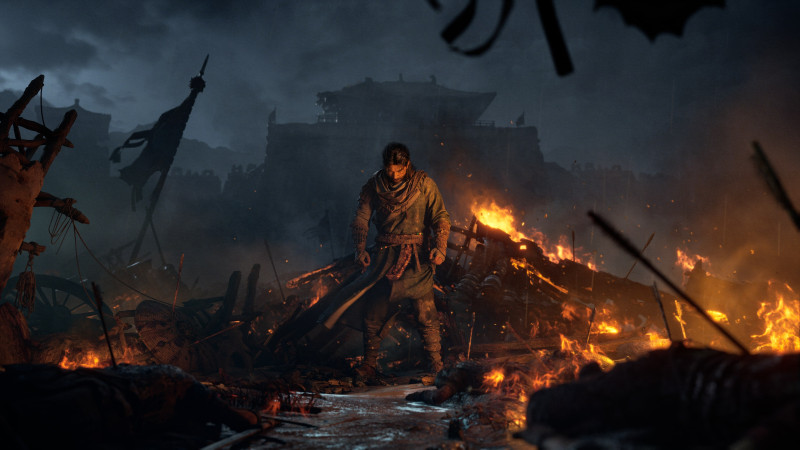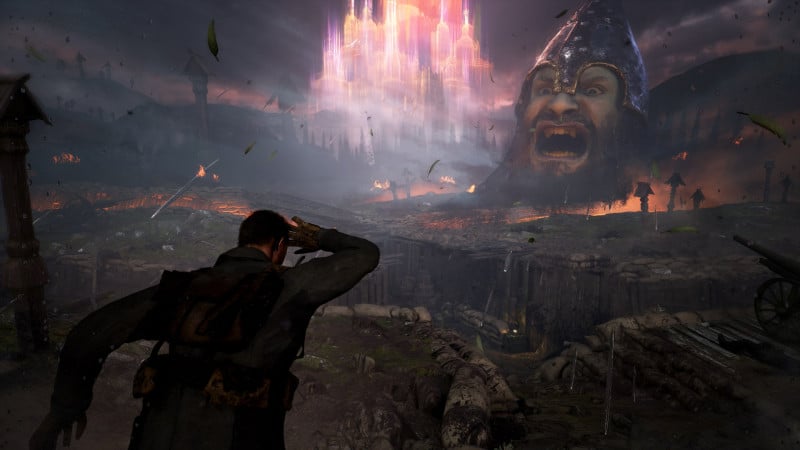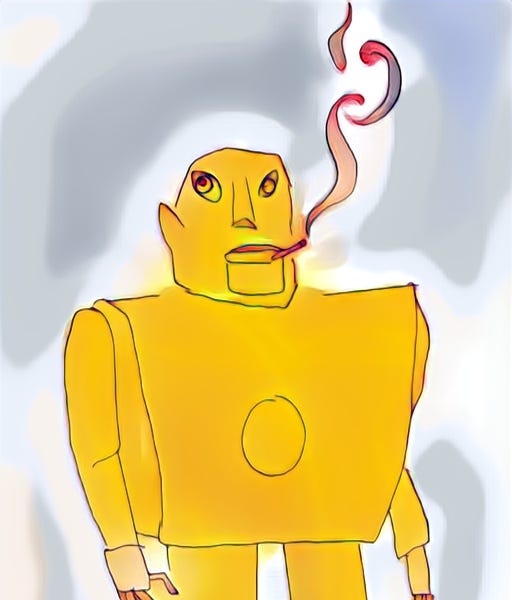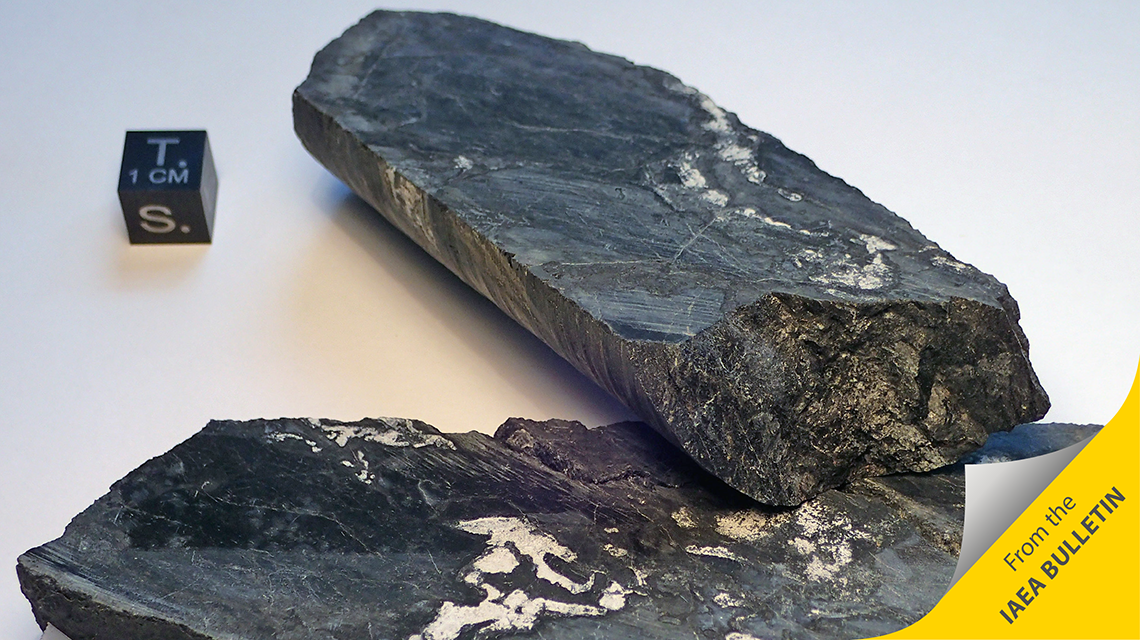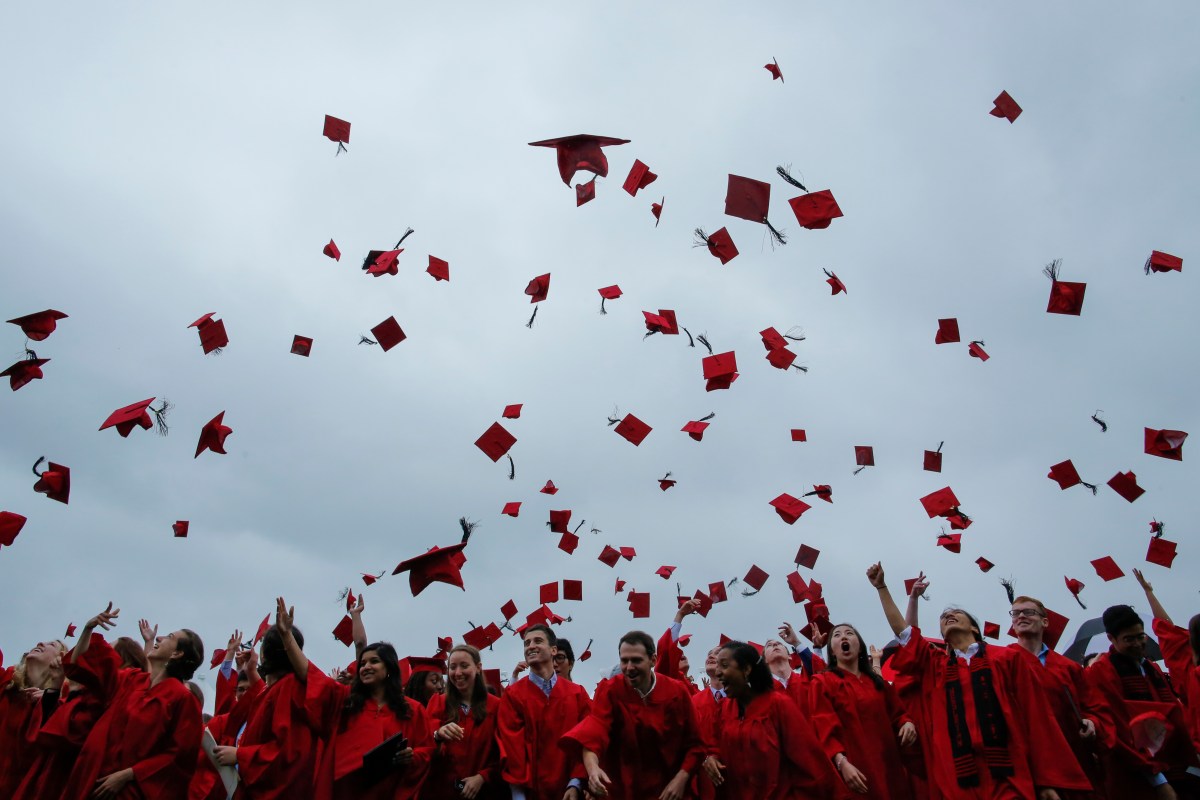Visualizing environmental costs of war in Hayao Miyazaki's Nausicaä

Audrey Aguirre
Upland High School, Upland, CA, USA.
Email: audrey.a.aguirre (at) gmail (dot) com
Past studies on Nausicaä of the Valley of the Wind (風の谷のナウシカ; Topcraft, 1984) have primarily focused on its ecological themes and anti-war messages through analysis of the narrative as a whole or Nausicaä’s character. These studies address the ethical and environmental consequences of war shown through the dystopian nature of the film’s setting and its religious symbolism. However, I have seen almost no research on how visual storytelling contributes to these messages.
This paper addresses how the visual representation of the environmental consequences of war in Nausicaä of the Valley of the Wind can impact our views of those issues in our world. The paper will show that the visuals in the film are not simply aesthetic decisions, but a crucial narrative device to convey the effects of war on both people and nature.
Therefore, this paper explores how Miyazaki uses elements of mise-en-scène such as color, lighting, body language and other visual storytelling elements to communicate and add emphasis to the anti-war messaging of the film; especially those that display both the ecological and human consequences of war. I argue that the film’s use of visuals not only supports the anti-war themes of the film as a whole but also adds a stronger emotional and moral weight to the story by reflecting real-life war technologies in its visuals. This allowed audiences to reflect on real-life issues regarding the environmental and human consequences of warfare. In this way, the film created a bridge between fantasy and reality, urging its viewers to strive for a more peaceful and environmentally conscious world.
Background
Animated films, like many other art forms, can convey so much emotion and be filled to the brim with meaningful messages and ideas. Especially with animation, the director is able to display a myriad of stunning visuals that can be impossible to recreate in live action film. Throughout history we as humans have used storytelling and art to reflect on and understand the world and the current issues we face. With the state of our world being as it is, with conflict at every corner, with global warming and other environmental issues being more pressing matters than ever before, it is clear that the environmental messages in Nausicaä are of the utmost importance to our society today. This is why it is important to ask, how can the depiction of the environmental impact of war in this film help us change our view of and approach to these issues in real life?
Hayao Miyazaki’s 1984 film Nausicaä of the Valley of the Wind follows the pacifistic and kindhearted princess of the Valley of the Wind as she navigates the apocalyptic landscape of the film, searching for a way to undo the damage caused by the wars of the past and prevent further damage in the present. Miyazaki’s filmography as a whole contains many important messages regarding the way in which humans interact with and affect the natural world. His films, including Nausicaä, focus on the relationships between humans and animals, exploring the imbalance between the human and natural worlds. With Nausicaä being the only film directed by Miyazaki that depicts a more modern style of warfare, this film could help to open people’s eyes to the damage war puts not just on the humans involved but on the environment which we all share.
Nausicaä of the Valley of the Wind was originally a manga of the same name that Hayao Miyazaki wrote for Animage, with it being released from February 1982 to March 1994. It saw great success amongst Japanese readers through its run. This prompted the manga’s adaptation into an animated film which was directed by Miyazaki and released to Japanese audiences in 1984. Due to the extreme inconsistencies between the original film and Showmen Inc.’s English dub of Nausicaä –renamed Warriors of the Wind– Miyazaki considered never releasing his films to foreign audiences again. This dub had changed the names of most characters, cut nearly 30 minutes off of the film and completely altered its message. Later, a deal was made between Studio Ghibli and Walt Disney Studios Home Entertainment, and Miayzaki allowed them to dub his films under the condition that they make no cuts and keep the original meaning intact (Cinematheque, 2016). Because of this, Disney’s English dub will be the main focus of this paper (Walt Disney Studios Home Entertainment, 1985).
Keywords & Terms
For the purpose of this article, when referring to the natural world it would more specifically be described as the surrounding elements that are essential for the well-being of both human and non-human life which includes green spaces, wildlife habitats, biodiversity and clean air, water and soil. Additionally, there are several terms which one who has not watched the film would not be able to understand, and these terms are as follows.
The ohmu (Fig. 1) are enormous, powerful and intelligent pill bug-like animals which are feared by the people in the film due to the fact that they could be considered the kings of the toxic jungle.

The Toxic Jungle is a vast forest where the air, water, soil and plants are poisonous to all but the giant arthropods which inhabit it. The toxic jungle only became so poisonous after the Giant Warriors were used in the last days of the Ceramic War. The Giant Warriors (Fig. 2) are giant, biomechanical lifeforms which are treated, and act, more as weapons rather than as independent beings.
The Ceramic War is an apocalyptic war that occurred 1000 years before the events of the film in what was called the Ceramic Period, which destroyed civilization, caused an ecocide and created the vast Toxic Jungle during the Seven Days of Fire. The Seven Days of Fire was a seven-day period at the end of the Ceramic War in which the Giant Warriors were deployed.

Literature Review
When analyzing Miyazaki’s films, including Nausicaä of the Valley of the Wind, often the messages regarding warfare’s effects on the natural world focus more on the direct impacts rather than the indirect ones. Additionally, many researchers look at the film from a spiritual lens with DeWeese-Boyd (2009) believing Nausicaä serves as a Christ-like figure, while both Morgan (2015) and Nunes (2021) believe that Nausicaä serves as an example of how to restore balance between humans and nature. Despite that, these authors see her role in restoring balance differently. Nunes believes that Nausicaä gave herself to nature, sacrificing her free will in order to heal the earth without personal bias. On the other hand, Morgan believes that she serves as an example of how the fragmentation between the mind, body, spirit and nature can be restored through respect and care for the natural world.
In addition to this, there are some researchers who believe that Nausicaä can be used as a teaching tool, with Kleese (2024) believing that, since the film is not directly associated with any singular real-life issue but with many different events and issues, it can be used in classrooms to help children understand the importance of nature and finding a democratic solution to both environmental and political issues in a more digestible way.
It is no wonder the previous research on Nausicaä has such a spiritual focus, as Miyazaki’s filmography as a whole often focuses on the relationship and imbalance between humans and the natural world in a very spiritual manner. However, Nausicaä not only explores the direct impacts of war and other human activities, but also their indirect ramifications. Thus, this paper will hopefully fill a gap in the existing Nausicäa literature by analyzing the film’s messages regarding warfare’s indirect effects on the environment and how this exercise can give us insight to our real-world problems.
The importance of the environment
Climate change and other environmental crises such as soil and water contamination are all issues which have been recognized as important by the public eye. From everyday people to those in important positions, most can agree that the health of the natural world is important to the health and survival of life on earth. As UN Secretary-General António Guterres said at the biodiversity COP in Montreal 2022, “Without nature, we have nothing” (Abbasi et al., 2023). Access to clean water is undeniably fundamental to life on Earth, be it human or not. Even with this being common knowledge, pollution has damaged water quality to a point where it is causing a rise in waterborne diseases and damaging the health of both freshwater and saltwater ecosystems (Abbasi et al., 2023). Additionally, the rising temperatures, extreme weather events, air pollution and the heightened spread of infectious diseases are just a few examples of major health issues exacerbated by climate change (Abbasi et al., 2023). As the human population grows, we see that demands on Earth’s ecosystems are becoming more unsustainable; with the way that we currently treat our environment, long-term human and non-human security are clearly at stake (dos Santos, 2024).
The importance of war
The ever-worsening health of our natural world impacts us in many ways. Land degradation and other environmental issues which may cause an area to be less habitable can lead to the disruption of social and economic systems. Shortages of land, shelter, food and water exacerbate poverty and the poor living conditions in many areas of the world (Anonymous, 2004), this in turn leads to mass migration and conflict over usable land and resources necessary for life (Abbasi et al., 2023). While the degradation of land can in itself cause wars to erupt between peoples disputing over the usable land, war can and has caused additional land degradation. In Afghanistan, for example, forests have been leveled and its land and farmlands polluted from the years of use of fuel, chemicals and mines during wartime (Bonds, 2015).
Certain practices of war have more devastating impacts on the longevity of our natural world. One poignant example of how destructive war can be to our planet can be seen in the burning of Kuwaiti oil wells that took place during the The Gulf War as a part of their scorched earth tactics. This resulted both in the soil becoming contaminated with excessive amounts of hydrocarbons and heavy metals and in the release of massive amounts of particulate matter and other pollutants into the atmosphere (Aldawsari, 2024).
The importance of film
Everything from the way a shot is framed to the smallest detail captured within the shot can have an effect on the viewers of a film. Displaying intense emotional imagery has been proven to have significant psychological effects on viewers. For instance, the Kuleshov effect is a famous example of how film influences viewers’ emotional perception; it has shown that point-of-view editing practices influence viewers’ emotional interpretation of neutral facial expressions in a face-scene-face sequence (Cao et al., 2024). With this in mind it is evident that the things that films show their viewers can and do impact how they view the world.
At the same, time films utilize the elements of mise-en-scène to convey messages to their audience. Mise-en-scène is a French term meaning what is put into a scene or frame and consists of all the visual information in front of the camera (Caprio, 2021). Understanding these elements may help understand what the director of a film wants to convey with any given scene and understand how the visuals impact the audience.
Why anime?
All forms of filmography are capable of affecting their audiences with the previously mentioned methods. However, animation is often able to employ visuals and different types of shots which can often be extremely difficult or expensive to replicate in live action film. Because of this and because animated films in the West are often avoidant of more serious topics, seeing as they are viewed as being only for small children, that Japanese animation, or anime, can be an immensely powerful and impactful type of filmmaking. Several studies have shown that anime can influence its audience and evoke positive changes in them (e.g., Yusof et al., 2024). With the unique perspective that anime provides, which is more provocative, tragic and contains far more complicated storylines than the ones seen in American popular cinema, anime has proven itself to be a tool for understanding the complex human–environment relationship and environmental problems (Mumcu & Yılmaz, 2018).
Why Miyazaki?
Within the anime community Hayao Miyazaki has carved out an image for himself as a masterful director who is skilled in creating both enchanting fantasies and incredibly thought-provoking films (Mumcu & Yılmaz, 2018). He is quite well renowned for his beautiful landscapes, heavy ecological themes and overall beautiful and touching storytelling. Several of his films such as Princess Mononoke, Nausicaä of the Valley of the Wind and even Ponyo feature themes of ecological imbalance as the main plot points of the films. Even those which do not have these themes quite as ingrained in the plot still have some commentary on the matter or feature more lighthearted takes on nature’s relationship with humanity. This can be seen in the stories of Spirited Away and My Neighbor Totoro. Additionally, many of his films also approach themes of war and conflict, such as Princess Mononoke, Nausicaä of the Valley of the Wind, Porco Rosso, Castle in the Sky, Howl’s Moving Castle and The Wind Rises. This leaves only six of his fifteen films, all of which have seen great success, with no themes of interest to this paper. For this reason, it is evident that Miyazaki is a perfect choice for the subject matter of this paper.
Why Nausicaä?
With only six of the fifteen films Miyazaki has directed or written having no themes of interest to this paper, one may wonder what it is that makes Nausicaä more suitable than any of his other films. Well, though many of his films touch on environmental issues with Miyazaki even going as far as saying “I’ve come to a point where I just can’t make a movie without addressing the problem of humanity as part of an ecosystem” in an interview with Asia Pulse, May 16, 1997, not many of his films include war in the main storyline. Only five do, as mentioned above. There are only two films, Nausicaä and Princess Mononoke, that cover both environmental issues and war. The major factor which puts Nausicaä over Princess Mononoke is the setting; Princess Mononoke is set in Japan’s late Muromachi Period, which was characterized by rapid industrialization and frequent conflicts. On the other hand, Nausicaä is set in the post-apocalyptic future which bears much resemblance to our world, with some current technologies such as guns, grenades and tanks being included, as well as fictitious technologies which closely mirror real-life technologies (e.g., how the Giant Warriors function similarly to nuclear bombs).
Methodology
As previously stated, the Kuleshov effect demonstrates that intense visuals can alter one’s interpretation of the world and this in itself proves that analysis via the elements of mise-en-scène is a viable method for breaking down Nausicaä with the purpose of determining how the visual depiction of the environmental impact of war can affect our view of and approach to these issues in real life. However, this isn’t the only reason mise-en-scène analysis was used within this study, since it has been used for teaching aspiring filmmakers how films communicate messages with visuals; as my question focuses on visual depictions in film, mise-en-scène analysis was perfectly suited for my project. The elements of mise-en-scène are as follows: settings and props, costume, hair and makeup, facial expressions and body language, lighting and color and lastly positioning. Each of the 38 scenes of the film were analyzed to see how these elements are utilized and what effect it can have on the audience.
Findings
Throughout the film the elements of mise-en-scène can be seen in use in many ways. Despite the subtle differences in the amount each element is used in the different parts of the story, the overall message urges viewers to rethink their stance on warfare and its technologies, not just for the impact it directly has on humans, but also for the sake of the natural world.
War technologies
One example of how body language, facial expressions and color are used to push the film’s message regarding the use of war technologies can be perfectly seen in the opening credits, which appear in scene two directly after the narrator introduces the world reading aloud the words that can be seen in figure one that state “One thousand years have passed since the collapse of industrialized civilization. The Toxic Jungle now spreads, threatening the survival of the last of the human race.” Right after this is read as the credits roll a tapestry is panned over, shown in Figure 3.

The tapestry shows how the creation of the Giant Warriors led to the creation of the Toxic Jungle and the fall of humanity. Within this tapestry, while in the process of building the warriors they appear confident in their body language and facial expressions, they are clearly calm and all is well. However, the colors of the warrior are bright and clash with that of the people which are more muted browns rather than the bright blues reds and yellows of the warrior. This itself already sets up for the destructive and overpowering nature of the Giant Warriors before they have even been finished and this is only confirmed when they are soon after in the tapestry shown wreaking havoc on the very same people who created them. In contrast to their poised expression and way of holding themselves previously in the tapestry, here they appear to be in great distress and panic. While this on its own is a striking visual representation of how dangerous technologies can be, even to their own creators, these visuals are given new meaning when we see the Giant Warriors in actual use towards the end of the film.
The audience was shown the similarities between the Giant Warriors and nuclear bombs in several instances towards the end of the film; in particular, there is one which really drives home the parallels between them (Figs. 4 and 5). In this scene, the Giant Warrior is being used by the main antagonist, its form being completely fictional and bearing no resemblance to real-life technologies, with the warrior shooting a beam of light from its mouth. The explosion that this caused very closely resembles the mushroom shape of nuclear bombs. Other aspects of this scene that help to draw similarities between this fictional tool of destruction and the very real nuclear weapons we have, such as the fact that before it dies the warrior only sets off two explosions. This could be a reflection of the fact that these technologies have only seen practical use twice, once in Hiroshima and once in Nagasaki. While these parallels alone drive a case for the film’s anti-war messaging, other elements regarding the Giant Warriors in other scenes help to push this narrative as well.


Every scene which has the Giant Warrior in it, from the beginning to the end of the film, is decisively negative. Around the middle of the film there is a scene where the warrior is in a sort of incubation. The film explains that the warrior needs time to develop before it is able to be used as a war machine and walk on its own. The warrior is depicted within this scene with its colors being both muddy and bloody, with the lighting highlighting not only its strange shape but also how slimy it appears. This all helps to show how grotesque it is, even when it hasn’t started to be destructive. With the clear parallels it has to nuclear weapons, it becomes obvious from nearly every mention and appearance of the Giant Warrior that if it is so grotesque and dangerous, then nuclear weapons must be just as horrifying. This specific scene very well pushes the idea that not only is the use of nuclear weapons immoral but so too is the development of them.
Aside from nuclear weapons, there are other very real weapons displayed in the film that we continue to use to this day. Such weapons include machine guns, shotguns, hand grenades, flash grenades and even larger things like gunships or tanks. While nearly all of these are represented in a very realistic way, the gunships are undoubtedly designed with significant creative liberty as the bodies of these aircrafts do not resemble any real aircraft. However, this does not mean these do not give a good representation of the flaws of such technologies. For examples, see Figures 6 and 7.


All of the previously mentioned technologies of war are portrayed within the film in a distinctly negative way. However, this does not mean that the film means to say there is absolutely no acceptable use of such things; there are also times when these are shown to be neutral or even positive. In truth there is a strong possibility that this film means to say that these technologies themselves are not evil, but the way that we as humans interact with them can make them that way. Nausicaä herself uses her gun towards the beginning of the film to remove part of an ohmu shell and she uses flash grenades to stun an ohmu, saving Lord Yupa. In the former instance, the use of the gun is shown in a completely neutral context, with it not even being used on any living thing and with the entire scene remaining quite peaceful; even the choices of lighting and colors being brighter than other parts of the Toxic Jungle adding to the serenity of the scene. This scene shows that such things can be used without causing any harm whatsoever. In the other instance the grenades are clearly used to stun the ohmu in order to protect and reduce harm for both parties.
In the instances in which these technologies are used in a harmful way, the negativity of it is conveyed both in the expression of the characters witnessing it or by the colors shown in the scene. With the scene of the Giant Warrior being used towards the end of the film, the characters on both sides are clearly in shock and awe of just how destructive this technology can be. Additionally, the use of color in that scene helps in pushing just how the use of these technologies causes far more harm than good. The warrior itself is melting into this dark bloody red sludge; this nasty red is contrasted with its sharp green eyes that appear completely devoid of any sort of soul. Its visage is utterly grotesque and it remains that way till it falls apart.
Other technologies that are more often used in warfare today are also critiqued. Towards the end of the film conflicts arise in the Valley with the people finally fighting back against the Tolmakian forces that have been occupying their land. Prior to this, the valley is shown to be a very peaceful and beautiful place with plenty of lush greenery and farmlands; the downfall of this serene environment begins when spores are found in the forest surrounding the valley. See Figures 8 and 9 for the before and after, respectively.


Initially, the people mean only to use their tools to burn the spores, using fire in moderation in order to solve their problem. However, things quickly get out of hand and they realize that they have no choice but to burn the entire forest down if they don’t want the Toxic Jungle to spread into the valley. This is the first time in the film that the valley is shown with colors like black, brown and others that are associated with decay, being more prevalent than greens and other more natural or lively colors. Throughout the entire film the use of fire is heavily frowned upon with Ohbaba warning the Tolmekians of why they should not even attempt to burn down the toxic jungle and, towards the end of the film, several characters going on about why they prefer the ways of the water and the wind over the way of fire since “Too much fire gives birth to nothing. Fire can reduce a forest to ashes in a day, while it takes the water and the wind 100 years to grow one”. With this film Miyazaki is urging us to stop relying on fire to solve our problems, both in a literal and figurative sense. This is shown not just through the speech of the characters but also in the way that the scenery changes and the way the characters react to the use of excess fire.
Human & environmental impact
In the film the human and environmental impact of human activities such as war are explored in many scenes. One example of this can be seen in one scene towards the end of the film where Nausicaä and another character, Asbel, fly into the city of Pejite together on Nausicaä’s glider (Figs. 10, 11). It had previously been occupied by the Tolmekian forces but as they fly over it, the city is desolate and run down. The film reveals that the people of Pejite baited some of the ohmu into the city and let them wreak havoc in order to drive out the Tolmekians occupying the city. The film tries to show the audience how immoral this decision was not just from the sorrowful and ashamed expressions on the faces of the Pejite refugees and Asbel, the prince of Pejite. It also shows the impact these actions have had on the fauna, as the scenery is full of deceased animals of the Toxic Jungle. Additionally, while it is apparent that the city was once livable, now the characters need to use their masks to even be able to breathe within its premises. This shows that the damage done here was severe as some buildings were broken down, lives were lost and the land has been made uninhabitable for the foreseeable future.


The Pejite use the same strategy again later in the film. In this second instance, they lure the ohmu into the Valley of the Wind in order to keep the Giant Warrior out of the hands of the Tolmekians. There were several scenes which depict this event since it is the major conflict of the film; however, since the previous scene examined focused more on the environmental impact of this act, here the focus is on the human impact. In the scene Mito, who serves sort of as the assistant to Princess Nausicaä, returns to the Valley of the Wind and informs both the people of the valley and the occupying forces of the Tolmekians of the ohmu horde heading towards them. The audience is shown in this scene how much panic and distress the news brings both to the innocent citizens of the occupied territory and to the occupying forces, who were the only real target of this attack. The expressive use of facial expression and body language in this scene helps drive home just how impactful this is, even to the people who were never meant to be a target of this attack. Another scene that comes soon after reinforces this idea, when the insects begin their attack on the valley. This scene is utter chaos, the people attempt to seek shelter and the Tolmekian soldiers who were previously standing without shelter, emboldened by their control of the Giant Warrior, now scramble seeking shelter and clearly fearing for their lives. The expressiveness of this scene comes not only from the facial expressions and body language but also from the shaky and strange positioning of the camera which gives the scene a more panicked feel. In addition, the colors were muddled and the lighting was quite dim, with sudden flashes of bright blaring light that fed into the chaotic nature of the scene. This all works to show just how impactful efforts of war can be to humans, their environment and the other creatures who share it.
Limitations
Certain aspects of the method I chose when designing this project limited the results of my research. For instance, because I focused only on the visuals, my data does not take into account the role that the script, voice acting (especially the original) or soundtrack played in delivering certain messages to the audience. Additionally, while one can analyze, interpret, and hypothesize the main message(s) in the film and in each scene, it is impossible to extrapolate for all audiences. During the research process for this study, many additional questions have come up, including the following. Firstly, what effects do the audio elements of Nausicaä have on the audience? Secondly, can Nausicaä even be compared to Western religions given the fact that it was made in Japan? Lastly, how is the film interpreted by younger viewers versus older viewers?
Conclusion
Through its stunning visual story-telling, Nausicaä of the Valley of the Wind invites its audience to reconsider the toll war takes not just on people, but also the environment. With color, body language, facial expressions, and the overall environment of scenes, Miyazaki warns against the dangers of harmful technology and the moral implications of its use. From the violent and gruesome images of the Giant Warrior and destroyed landscape as a result of the use of war technology, to the depleted and unsafe landscapes and fearful gazes of terrified civilians robbed of their homes and any sense of normalcy, the film seeks to depict the enormous destructiveness that results from war. Additionally, Miyazaki’s illustrations are much more than fantasy, nodding toward the real world where parallel destruction occurs via nuclear weapons, environmental crises and modern warfare. The overarching message of the film’s visuals serves not only to paint a narrative, but to urge us to meet conflict with empathy, to protect our natural environment, and understand that it takes more courage and wisdom to find peace than to wage war. Although this data is subjective, seeing as it was based on my interpretation of the film’s visuals, it still suggests that visual storytelling has the potential to convey the ecologically damaging effects of war. Additionally, this discussion makes a contribution to the academic conversations on film, war and environmental sustainability all at the same time. Offering a visual, scene-based approach to analyzing storytelling that depicts war and environmental crisis in anime. Despite all this, further research is needed on large audience reception of these visual messages, cultural responses to these messages, or the influence auditory elements of film can have in delivering these messages.
REFERENCES
Abbasi, K.; Ali, P.; Barbour, V.; et al. (2023) Time to treat the climate & nature crisis as one indivisible global health emergency. The Indian Journal of Medical Research 158(4): 330–333.
Aldawsari, S.H. (2024) War practices and experiences: analyzing their effects on the environment in the Gulf Cooperation Council (GCC) region. The American Journal of Management and Economics Innovations 6(8): 64–88.
Anonymous. (2004) War’s environmental impact. Alternatives Journal 30(4): 26.
Bonds, E. (2015) Legitimating the environmental injustices of war: toxic exposures and media silence in Iraq and Afghanistan. Environmental Politics 25(3): 395–413.
Cao, Z.; Jin, S.; Yang, C.; et al. (2024) Reexamining the Kuleshov Effect: behavioral and neural evidence from authentic film experiments. PLOS ONE 19(8): e0308295.
Caprio, M. (2021) Week 4: The language of animation – mise-en-scène. M. Caprio LCC 3D Computer Animation. Available from: https://marianna3dcomputeranimation.myblog.arts.ac.uk/2021/10/29/week-4-the-language-of-animation-mise-en-scene/ (Date of access: 16/May/2025).
Cinematheque. (2016) When Nausicaä became Warriors of the Wind. University of Wisconsin–Madison. Available from: https://cinema.wisc.edu/blog/2016/09/06/when-nausica%C3%A4-became-warriors-wind (Date of access: 16/May/2025).
DeWeese-Boyd, I. (2009) Shojo savior: Princess Nausicaä, ecological pacifism, and the green gospel. Journal of Religion and Popular Culture 21(2): 1–16.
dos Santos, M. (2021) Climate change, air pollution, and human health in the Kruger to Canyons Biosphere Region, South Africa, and Amazonas, Brazil: a narrative review. Atmosphere 15(5): 562.
Kleese, N. (2024) Democracy and kinship in Nausicaä of the Valley of the Wind. Climate Literacy in Education 2(1): 67–73.
Miyazaki, H. (2019) The Art of Nausicaä of the Valley of the Wind. VIZ Media LLC, San Francisco.
Morgan, G. (2015) Creatures in crisis: apocalyptic environmental visions in Miyazaki’s Nausicaä of the Valley of the Wind and Princess Mononoke. Resilience: A Journal of the Environmental Humanities 2(3): 172–183.
Mumcu, S. & Yılmaz, S. (2018) Anime landscapes as a tool for analyzing the human–environment relationship: Hayao Miyazaki films. Arts 7(2): 16.
Nunes, D.A. (2021) The toxic heroine in Nausicaä of the Valley of the Wind. In: Ferstl, P. (Ed.) Dialogues between Media, Vol. 5. De Gruyter, Berlin. Pp. 83–94.
Walt Disney Studios Home Entertainment [Translator]. (1985) Nausicaä of the Valley of the Wind. Directed by Hayao Miyazaki. Studio Ghibli. English dub.
Yusof, N.A.; Hussin, S.A.; Hashim, M.A.; Amin, A. (2024) Exploring the impact of anime on Muslim teenagers’ moral behaviour. International Journal of Academic Research in Business and Social Sciences 14(7): 861–873.
Acknowledgments
ChatGPT (GPT-4, OpenAI) was used to improve the writing style of this article. The author reviewed, edited, and revised the ChatGPT-generated texts to her own liking and takes ultimate responsibility for the content of this publication. Special thanks to my AP Research teacher and classmates for their feedback and support during the development of this paper.
About the author
Audrey Aguirre is a student of Upland High School. She has been fascinated with Studio Ghibli’s Films since the first time she saw one and couldn’t get enough of the studio’s beautiful animation and wonderful storytelling. For the longest time her two favorite films had been Nausicaä and Princess Mononoke. She can’t be sure what the future has in store for her but she hopes she can see many more meaningful films such as the ones she’ve loved from Studio Ghibli.
What's Your Reaction?
 Like
0
Like
0
 Dislike
0
Dislike
0
 Love
0
Love
0
 Funny
0
Funny
0
 Angry
0
Angry
0
 Sad
0
Sad
0
 Wow
0
Wow
0



